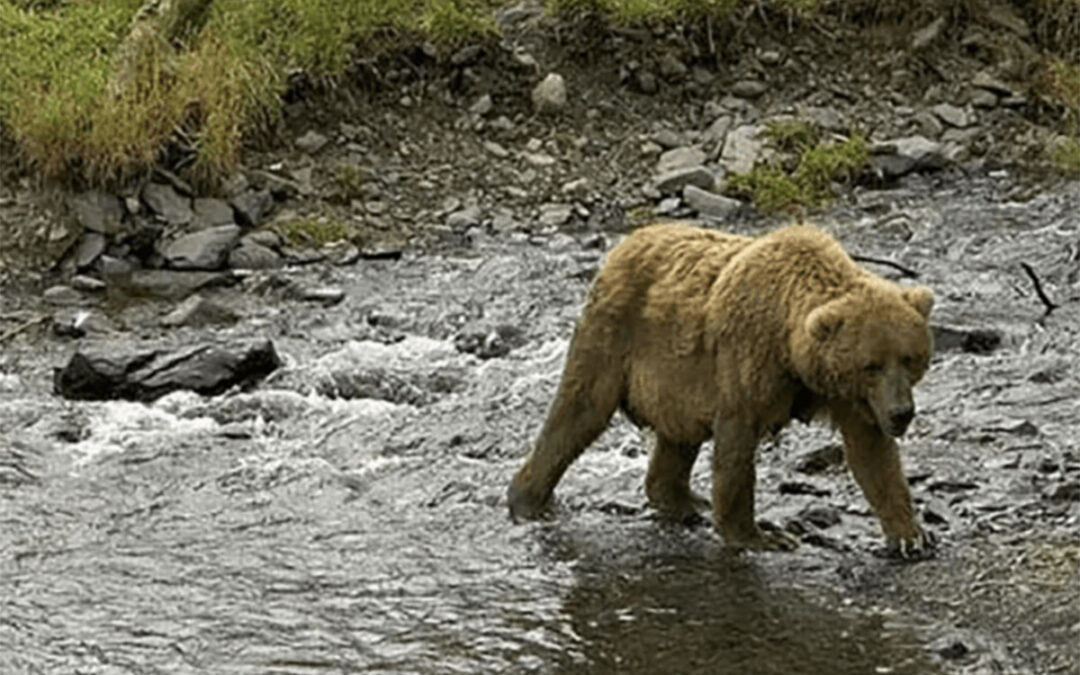Photo: Steve Hillebrand/USFWS
Recovery of endangered grizzly bears in the lower 48 states hinges on critical genetic connectivity between the Greater Yellowstone and Northern Continental grizzlies provided by the Bitterroot Mountains. Located on the border of central Idaho and western Montana, the region contains one of the largest Wilderness Areas in the contiguous states and was historically home to thousands of grizzly bears before they were exterminated there by the mid-1900s.
The good news is grizzlies are moving back into the Bitterroots on their own — and thanks to a lawsuit by the Alliance for the Wild Rockies, in March a federal district court ordered the U.S. Fish and Wildlife Service to move forward on recovering grizzly bears in this region as required by the Endangered Species Act.
After more than two decades of stalling thanks to the Court’s order, the Fish and Wildlife Service must now prepare an updated Environmental Impact Statement that considers all the new information. The Environmental Impact Statement analysis process will be a transparent, public process that must solicit and address public comments, as well as garnering the best available science from grizzly bear experts. So we will finally have a scientifically sound plan in place to protect, preserve, and recover grizzly bears.
Both the State of Idaho and the Fish and Wildlife Service lodged appeals in an attempt to overturn the Court’s orders. But now, facing very long odds of success since a grizzly den was discovered in the Bitterroots, both have dropped those appeals, allowing the process to proceed — and giving grizzlies a fighting chance of recovery.
While there’s been good grizzly recovery in the Greater Yellowstone area, there has been no reliably safe and secure way for those bears to move north or for the bears in the Northern Continental Divide, Cabinet-Yaak, and Selkirk region to move south.
When grizzlies were first listed as “threatened” under the Endangered Species Act in 1975 they were considered as one population in the Northern Rockies. But in truth, the populations were separated by fractured landscapes due to development, resource extraction, and habitat destruction from extensive road-building and logging.
Even after 50 years of recovery efforts, today grizzly bears remain in only about 6 percent of their original range and unfortunately, grizzly mortalities have spiked in recent years as the bears try to repopulate historic habitat and are shot, run over, and poached.
Our members have been fighting to recover grizzlies in the Bitterroots for decades, but now, after years of dogged persistence, we have finally prevailed. To avoid irreversible inbreeding, we need one connected population of grizzlies in the Northern Rockies — and with this court victory and the court ordered analysis and public process, we will finally see meaningful action that could lead to full recovery of grizzly bears in the Northern Rockies.
Please consider donating to the Alliance for the Wild Rockies to continue our effort to truly recover grizzly bears with one connected population throughout the Northern Rockies.
